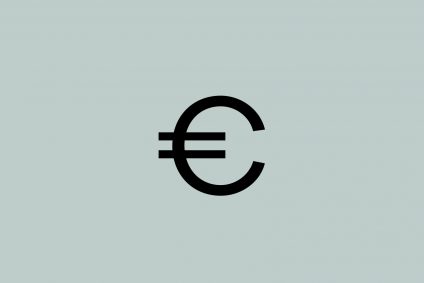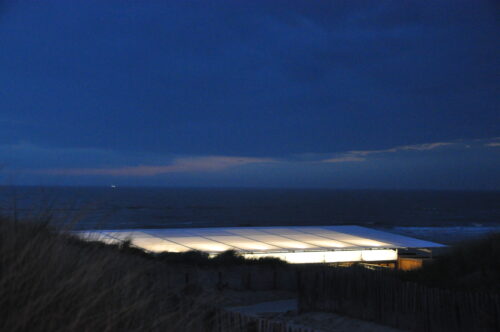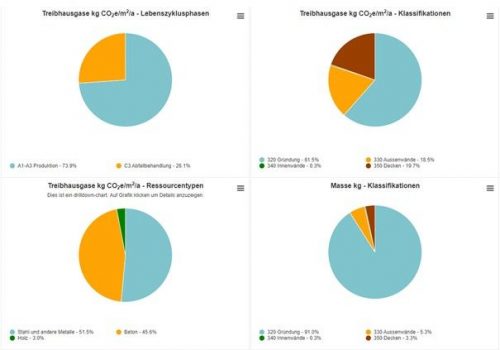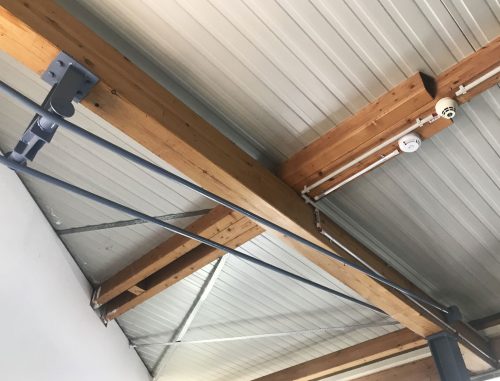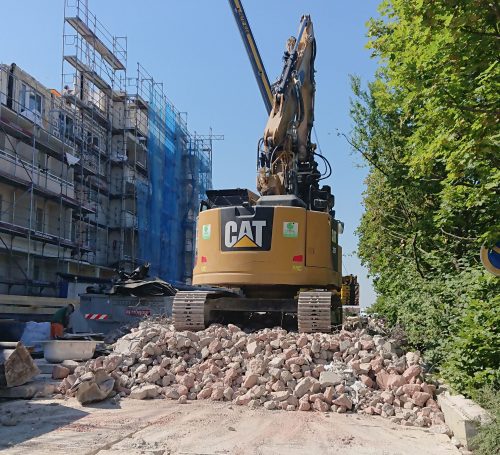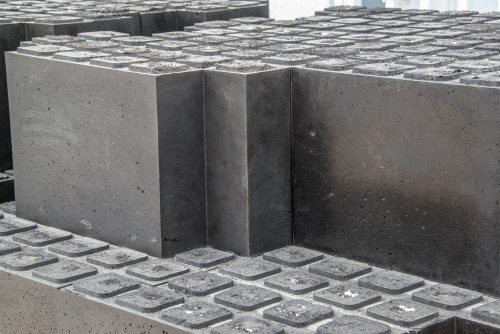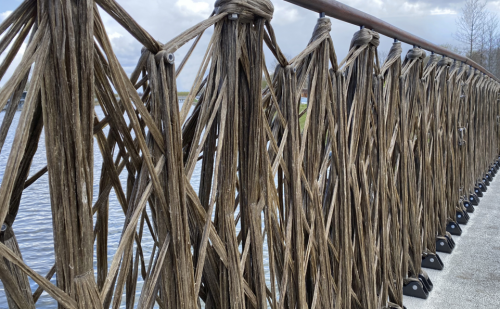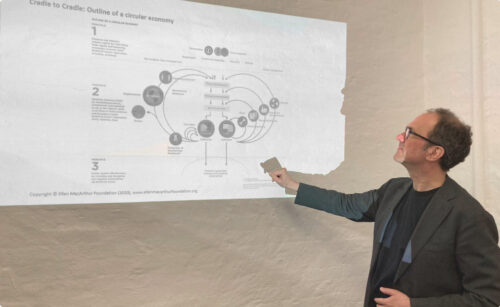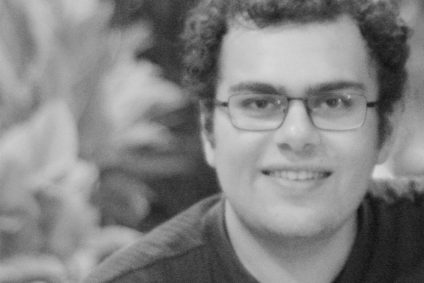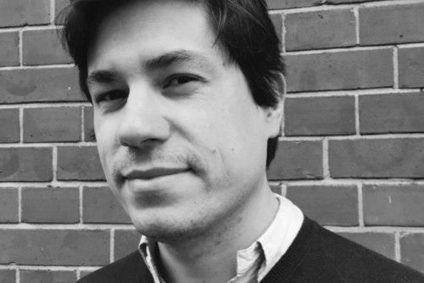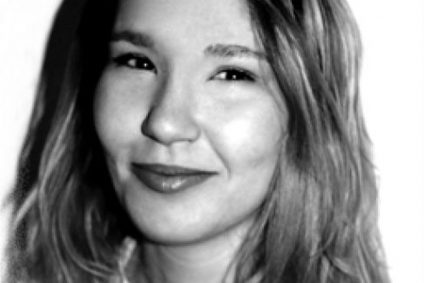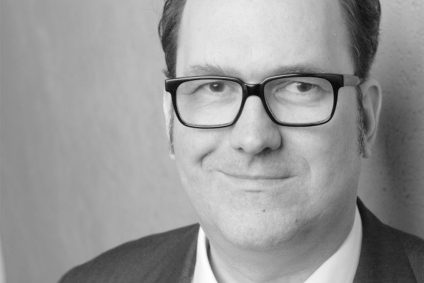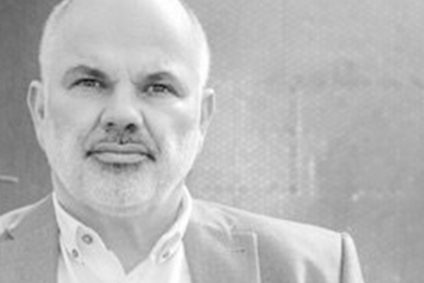-
The “House of Transformation” at the Berlin University of Applied Sciences (HTW) is a building, managed by students, that will be built as a dialogue centre for sustainability. It is a lighthouse project of the university and is intended to represent radical, circular construction and Design for disassembly. Realised from used building materials, it must be possible to reuse these in a future reconstruction/ demolition.
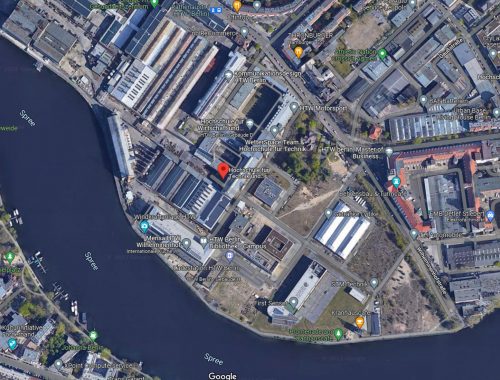
-
CIRCULAR STRUCTURAL DESIGN participates in the context of the CEWI project, which covers the full value chain with several stakeholders. The goal of this project is to use circular economy approaches to accelerate the transformation to a climate neutral and resource efficient industry. CEWI is led by Stiftung 2°, Wuppertal Institut für Klima, Umwelt, Energie and WWF Germany.
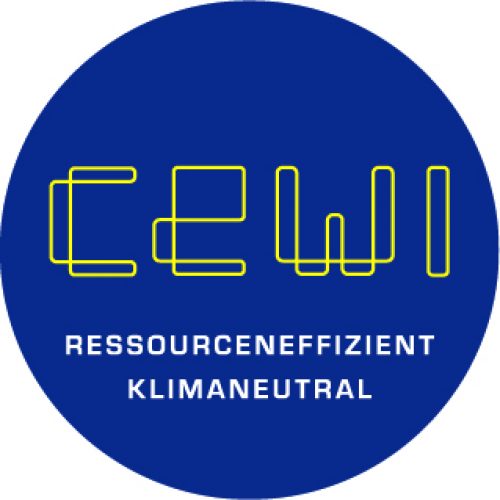
-
The European network project COST CA21103 – Implementation of Circular Economy in the Built Environment (CircularB) will start in October 2022, in which circular strategies, corresponding value chains and a framework for KPIs will be developed in various working groups. We will continue to develop our goals consistently and implement them with various stakeholders.
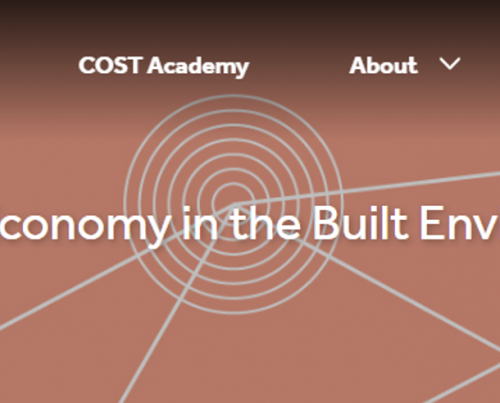
You want to save embodied energy?
Then CIRCULAR STRUCTURAL DESIGN can help you!
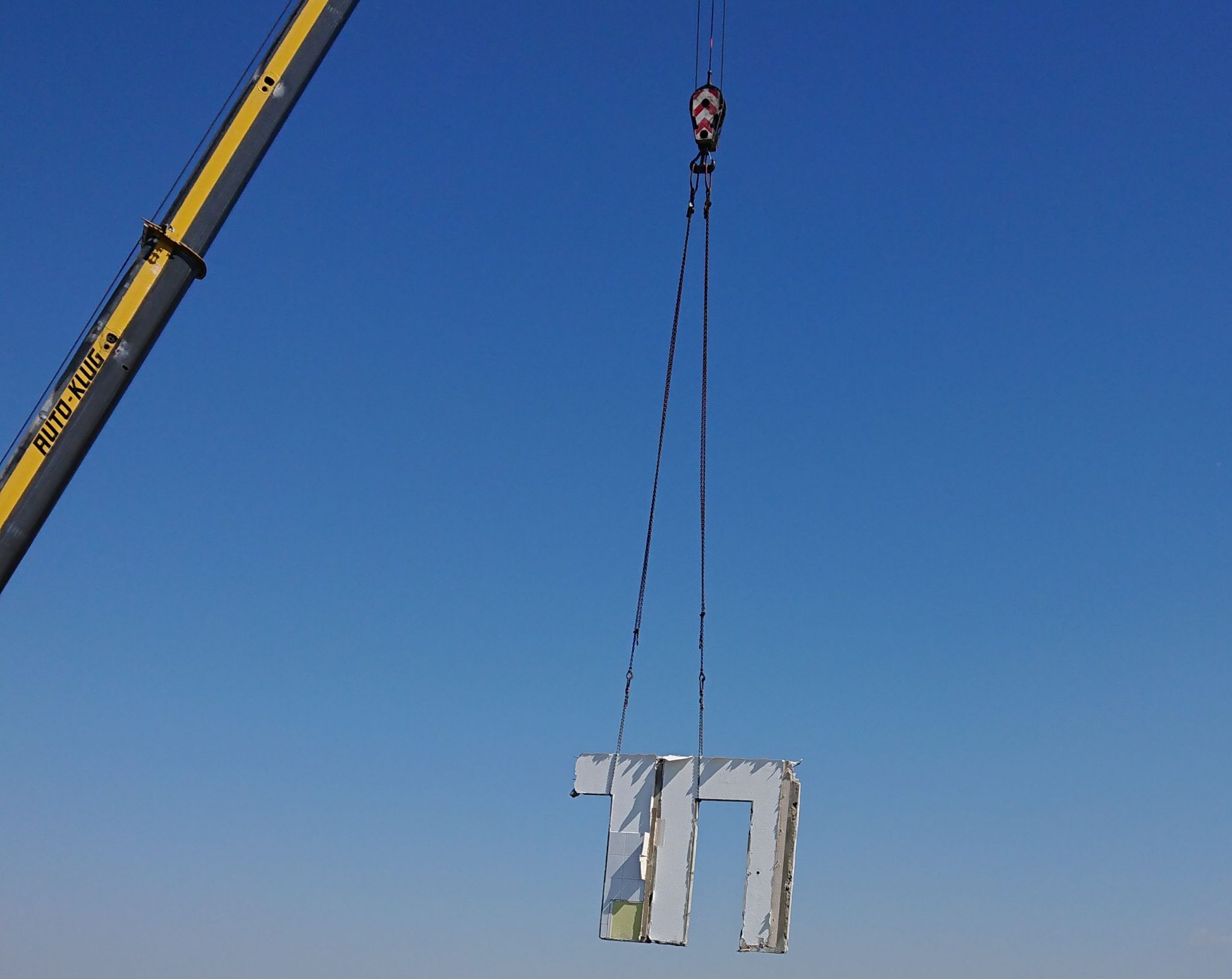
benefit
why?
Buildings contain a lot of valuable resources that are becoming increasingly scarce and are responsible for many CO2 emissions. Especially structural engineers can counteract this consumption of materials on a massive scale.
Prof. Dr.-Ing. Patrick Teuffel is working for a long time on the question how circular economy can be implemented into structural design.
Look at solutions that are contributing to Circular Structural Design.
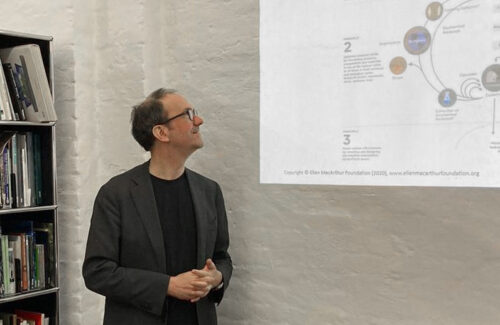
“Structural engineers can make a big difference in terms of sustainability”
In an interview he speaks with DGNB about built heavyweights and the current state of research in the world of materials.In 2015, the Paris Agreement on Climate Change and the United Nations Sustainable Development Goals presented ambitious goals for the first time to combat global warming. For example, the energy requirements shall be significantly reduced by 2030, resources are to be better used and waste is to be avoided. The construction industry plays a major role here, as it is currently responsible for around 40% of the CO2 emissions caused by energy generation.
You, as designer, developer, contractor, or building owner, can influence this in a positive way!
Look at solutions that are contributing to Circular Structural Design.
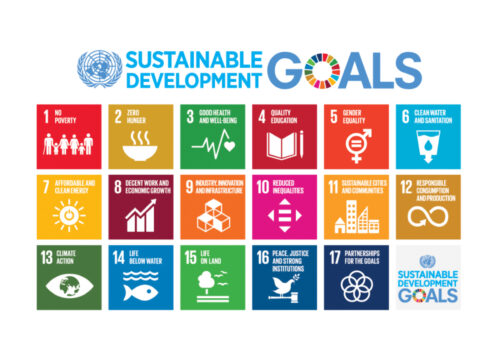
Apart from these global frameworks many initiatives at European level, such as the European Green Deal, the EU Circular Economy Action Plan, the New European Bauhaus or just recently the EU Taxonomy have been developed. At a national level, the Circular Dutch economy by 2050 is an excellent example for these ambitions.
But not only various political decisions drive us towards a circular economy, because there is also a strong need from the industry to define clear rules for sustainable or impact investment, such as Environmental, Social and Corporate governance (ESG) criteria. Last but no least there is also the scarcity of natural resource, which highlights the relevance of these topics.

services
Based on the concept of circular economy CIRCULAR STRUCTURAL DESIGN explores solutions for the future built environment. This provides a promising concept and is defined by the Ellen MacArthur Foundation as follows:
“Looking beyond the current take-make-waste extractive industrial model, a circular economy aims to redefine growth, focusing on positive society-wide benefits. It entails gradually decoupling economic activity from the consumption of finite resources, and designing waste out of the system. Underpinned by a transition to renewable energy sources, the circular model builds economic, natural, and social capital. It is based on three principles:
1) Design out waste and pollution
2) Keep products and materials in use
3) Regenerate natural systems”
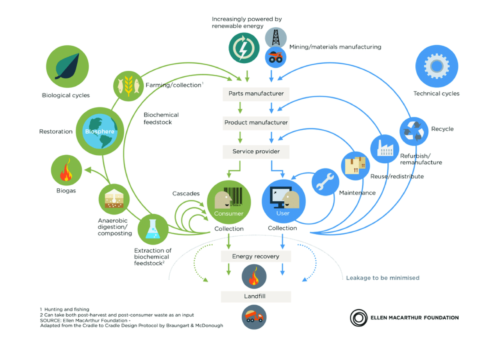
These three principles can be applied in the construction industry by following means:
1) Circular Strategies
In order to achieve the goals described above, we can work with you and other stakeholders to develop strategies on how your project can be developed and implemented in a circular manner. Here, three essential approaches re-duce, re-use and re-new can be used individually or in combination. In this way, the structural design of your project can make a significant contribution to minimizing CO2 emissions or, ideally, becoming climate-positive and also conserving the limited resources available.
2) Re-duce: Building light
Obviously, building light is an logical way to save resources. We can certainly build lighter if we use the unused potential of optimization to save material. In practice, the utilization of components is often only 80 percent, although 100 percent would be trustable. With simple optimization studies, we can certainly easily achieve material savings of 10-20 percent and thus avoid unnecessary material consumption.
3) Re-use
In general, the idea of “keep” can be viewed on three different levels: 1) material, 2) components, 3) structure. The possibility of material recycling is very different for the various materials: while the recycling rate for structural steel is well above 90%, the reuse of concrete is much more difficult to realize. Further on there are also developments in which individual components can be reused Here, too, topics such as a circular economy in construction, traceable material flows, dismantling concepts or new business models are developed. Finally, the most effective way of using resources responsible is that existing buildings are not demolished, but rather investigated and determine whether and how they can be adapted for new functions.
4) Re-new: Bio-based materials
Another possibility to design sustainable structures is to use renewable raw materials, whereby wood has of course been an alternative that has long been known and is currently experiencing a revival. However, here too the possibilities are not unlimited, as the high demand for building materials cannot be met. For example, fibre-reinforced composite materials made from natural fibres, bio-based resins and mycelium or other fungi-based materials, offer new and alternative development opportunities with fast growing natural resources.
collaboration
You do not only want to hear and talk about Circular Economy, ESG, CSR, SDG, EU-Taxonomy, or impact investment, …, but you are interested to explore how this can be implemented in real-life projects?
CIRCULAR STRUCTURAL DESIGN wants to strive the application of circular economy principles in every day’s structural design project. One platform to implement this is the Smart Buildings & Cities (SBC) PDEng program at Eindhoven University of Technology, where various case studies can be tested in a 2-year research and design program.
Patrick Teuffel is founder of TEUFFEL ENGINEERING CONSULTANTS, a structural engineering consultancy in Berlin, and Professor of Innovative Structural Design (ISD) at Eindhoven University of Technology. His vision for the professional activities as well as for the research and educational tasks focuses on resource-efficient structural and the relation between structural design and sustainability in the context of a circular economy. If you are interested, please feel free to contact at patrick@circular-structural-design.eu
blog
-
Bio-composites experimental pavilion
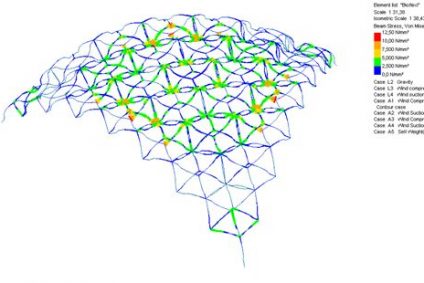
© TU/e -
Building with mycelium
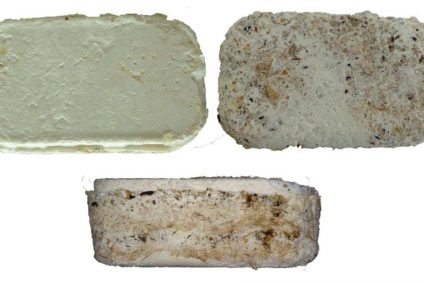
© R. Lelivelt/ TU/e -
Bio-based bridge in Eindhoven

© TU/e -
Re-use of precast concrete elements
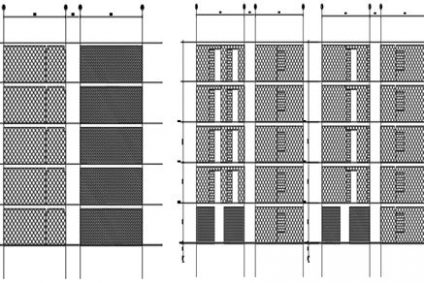
© Bart van den Brink/ TU/e -
Demolition vs. Transformation in practice
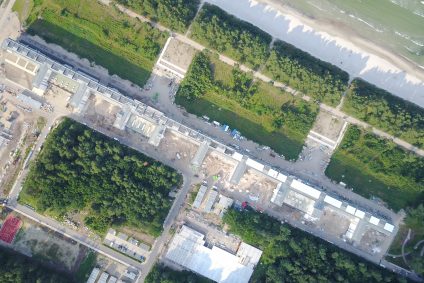
© Stuke Architekten -
Demolition vs. Transformation in theory
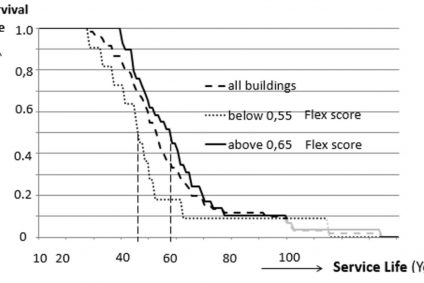
© TU/e -
Re-use of structural steel elements

© Luca Upper on Unsplash -
Eindhoven station
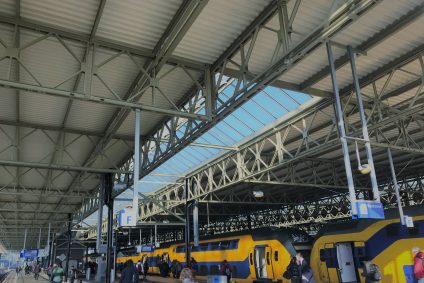
-
Building with ice

© Rien Boonstoppel -
Robotic manufacturing

© TU/e

